
The detachment of the outer layer on stainless steel items, resulting in exposure of the underlying material, is a common occurrence in various applications. This phenomenon manifests as peeling, flaking, or discoloration,... Read more »
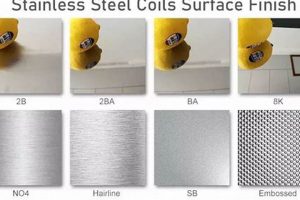
The external texture and appearance of stainless steel, achieved through various manufacturing processes, significantly impacts its functional and aesthetic properties. These processes range from simple mechanical polishing to complex chemical treatments, each... Read more »

These fasteners, characterized by their small head and resistance to corrosion, are primarily utilized in woodworking applications where aesthetics are a key consideration. An example of their use would be securing trim... Read more »

A surface treatment applied to stainless steel that reduces its reflectivity, resulting in a non-glossy appearance. This subdued aesthetic is achieved through various methods, such as abrasive blasting, brushing, or chemical etching,... Read more »
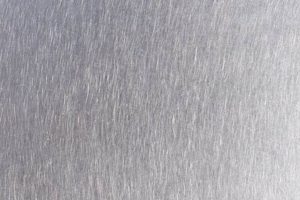
A surface treatment applied to steel results in a smooth, lustrous appearance. This process involves polishing the metal to a high sheen, creating a visual effect similar to that achieved through careful... Read more »
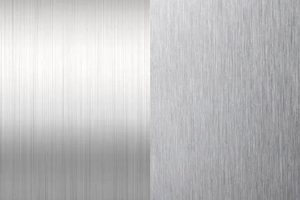
Ferrous metal products lacking any applied coating or surface treatment beyond minimal processing to remove scale and surface imperfections are the subject of this discourse. This material typically presents a matte gray... Read more »
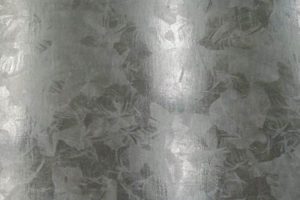
This protective coating is applied to steel to prevent corrosion. The process typically involves immersing steel in a bath of molten zinc, creating a metallurgical bond that shields the underlying metal from... Read more »
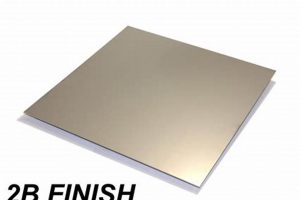
A common mill finish for the alloy, it is characterized by a smooth, slightly reflective, gray appearance. This surface is achieved through cold rolling, annealing, and pickling, followed by a light skin... Read more »

Achieving a highly reflective surface on stainless steel involves a multi-stage process of abrasion and refinement. This method employs successively finer grits of abrasive compounds to eliminate surface imperfections, gradually reducing scratches... Read more »

A smooth, hard surface achieved on concrete through the application of a flat steel tool. This technique involves repeated passes over the concrete as it cures, densifying the surface and creating a... Read more »


